The Environmental Impact of Purchasing Used Construction Equipment
/In the world of construction, heavy machinery plays a pivotal role in shaping infrastructure, from residential developments to large-scale public works. However, this sector also has a significant environmental footprint, stemming from the production, use, and disposal of construction equipment. One often overlooked but highly effective strategy for reducing this footprint is purchasing used construction equipment. This practice not only offers financial advantages but also contributes to sustainability in several meaningful ways.
Resource Conservation and Reduced Manufacturing Emissions
Manufacturing new construction equipment is an energy-intensive process that requires the extraction and processing of raw materials such as steel, aluminum, and rubber. These activities contribute to deforestation, habitat destruction, and high levels of carbon emissions. When contractors and companies opt for used equipment instead of new, they help reduce the demand for raw materials and energy associated with production. In essence, buying used is a form of recycling that extends the useful life of machinery and minimizes the environmental costs associated with creating new units.
A significant portion of a machine’s environmental impact—up to 75%—is generated during its manufacturing and initial delivery phases. By reusing existing equipment, companies sidestep the bulk of these emissions. This is especially impactful in the case of large machinery, which may weigh several tons and require extensive energy to produce.
Decreasing Waste and Landfill Use
Construction equipment is not easily disposed of. When machines reach the end of their operational life, they often contribute to the growing problem of industrial waste. Components that are not biodegradable or recyclable can remain in landfills for decades, if not centuries. By purchasing used equipment, companies help delay or even eliminate this outcome, ensuring that machines remain productive instead of becoming waste.
Furthermore, well-maintained used equipment can often be refurbished or retrofitted with modern components, extending its lifespan even further. This also supports a growing secondary market of repair and maintenance services, encouraging a circular economy that keeps machinery in operation rather than discarded.
Energy Efficiency and Emission Standards
One argument against used equipment is that older models may be less fuel-efficient or may not meet current emissions standards. However, this gap is narrowing thanks to advancements in retrofitting technology. Older machines can now be upgraded with filters, sensors, and software that improve fuel efficiency and lower emissions, aligning them more closely with modern environmental expectations.
Moreover, using older machinery that has already passed its initial "break-in" period can result in stable fuel consumption and performance, especially when machines are used for appropriate tasks and properly maintained. In many cases, the environmental cost of operating a slightly less efficient used machine is still lower than manufacturing a new one.
Promoting a Sustainable Business Model
Choosing used construction equipment is also a reflection of a company’s commitment to sustainability and corporate responsibility. In an industry increasingly pressured to go green, taking steps to reduce environmental impact can enhance a business’s reputation, satisfy regulatory expectations, and appeal to eco-conscious clients and investors.
Additionally, smaller construction firms and independent contractors can access high-quality machinery at a fraction of the cost, leveling the playing field and promoting equitable economic growth without unnecessary environmental degradation.
A Responsible Choice
Purchasing used construction equipment is more than a cost-saving measure—it’s a responsible environmental choice. By extending the lifecycle of heavy machinery, companies can significantly reduce emissions, conserve natural resources, and minimize industrial waste. With increasing support from refurbishing services and retrofitting technologies, the environmental benefits of buying used are becoming even more compelling. In an era where sustainable practices are essential, the construction industry stands to gain much by embracing the reuse and repurposing of its most vital tools.
About the Author:
Kelly Zurawski is Part Owner of Bid Equip, alongside her brother and husband. Bid Equip transports heavy equipment, industrial machinery, metalworking machinery and much more. Zurawski has a master’s in leadership development. The Zurawski family has a long-standing tradition in the heavy equipment moving industry — a passion passed down through generations, beginning with Zurawski’s grandfather and father.
You may also be interested in…
















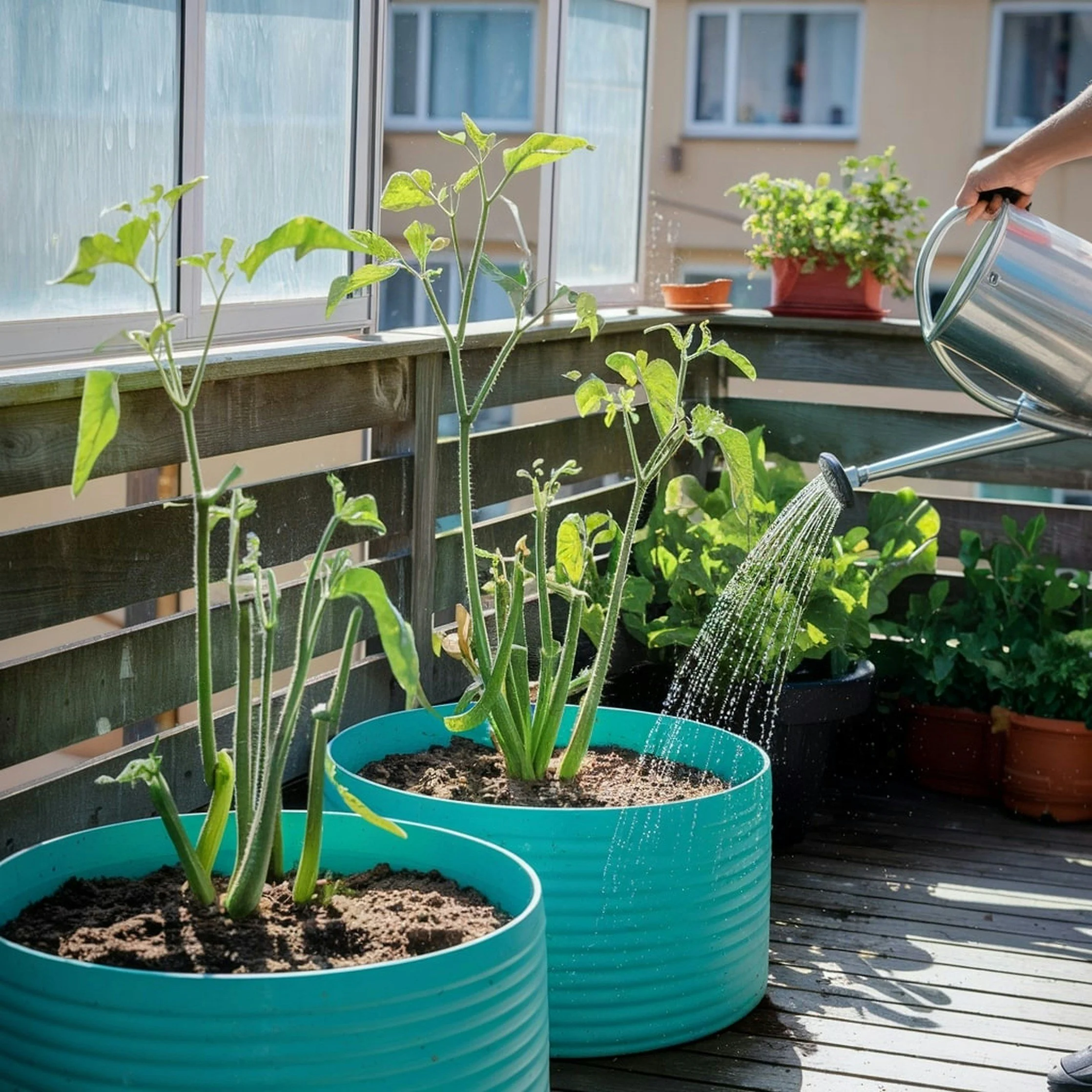





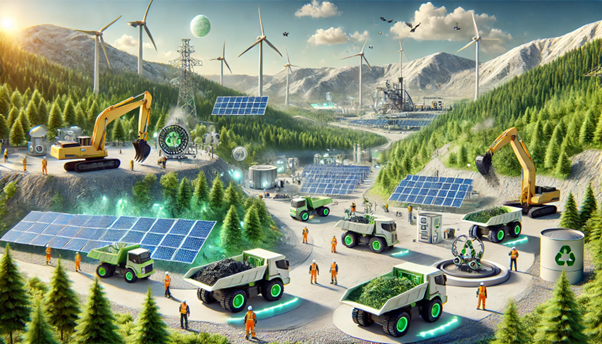

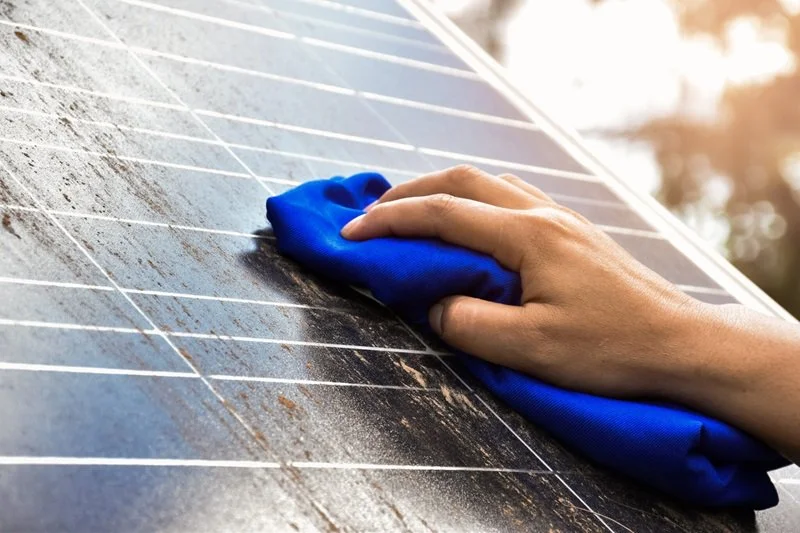









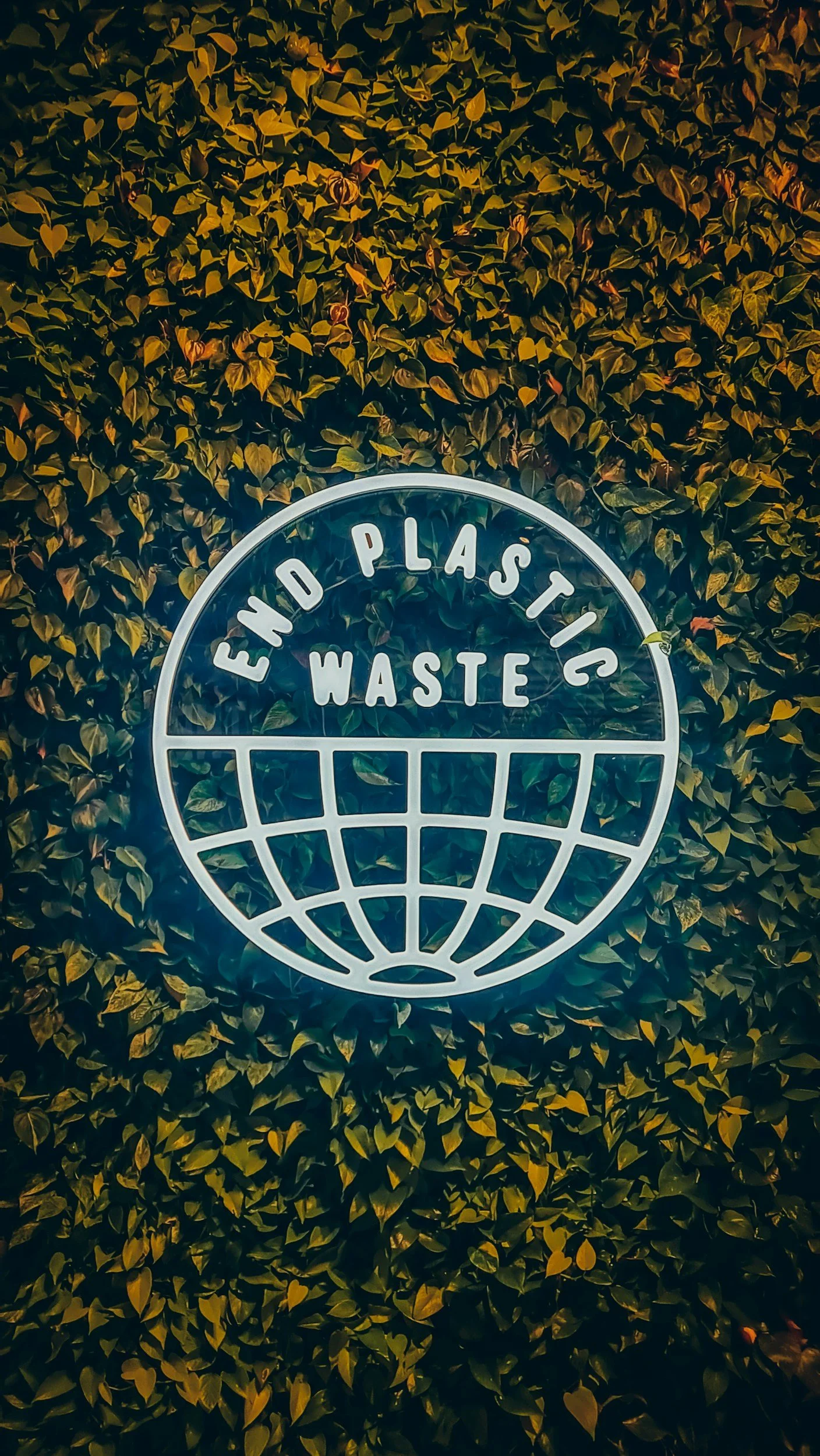
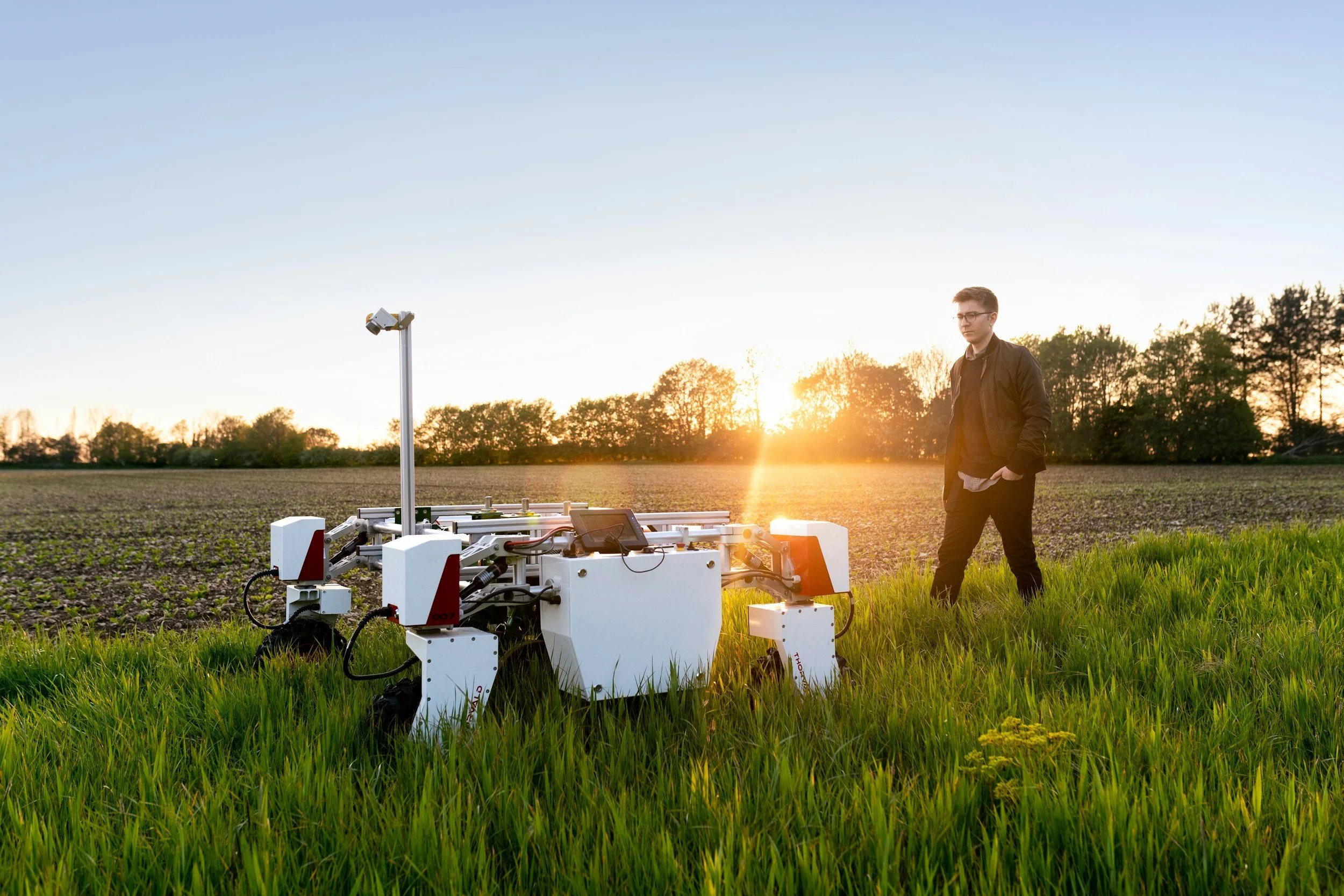






Sustainable construction is no longer a “nice-to-have.” Buildings account for roughly 37 percent of global energy-related carbon emissions, and concrete alone contributes about 8 percent of the world’s CO₂ output.